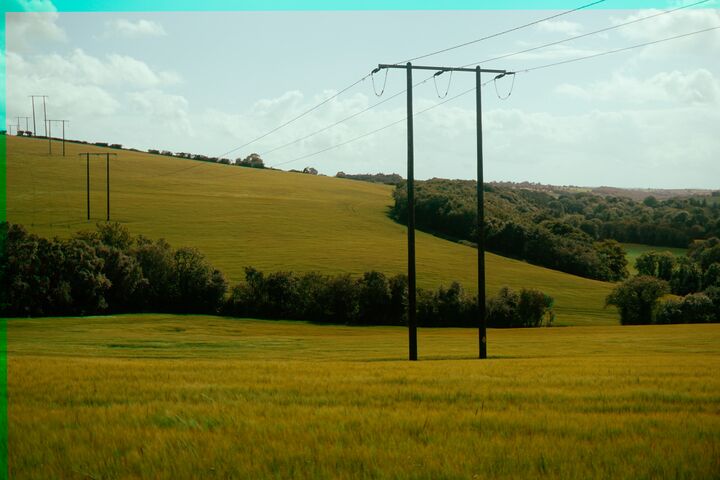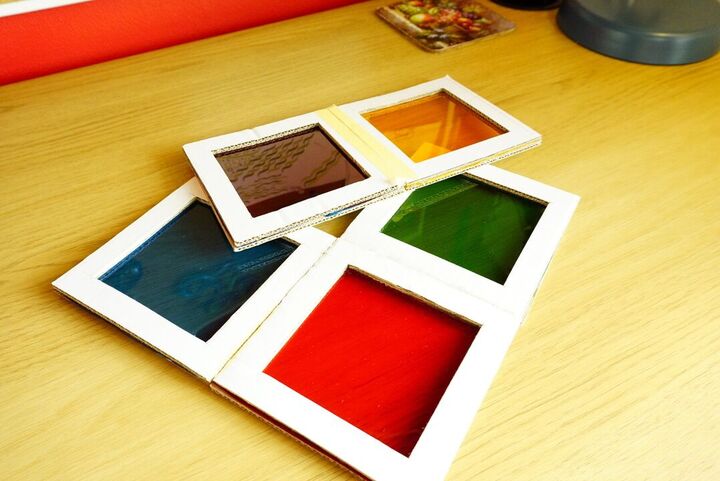
Trichrome Technique
Trichrome is a method of taking colour photography using different coloured filters (usually red, blue and green) to form a complete image. It was invented by Louis Ducos du Hauron in the late 19th century. It is most commonly used in black & white film photography to create atmospheric images, however the technique is usable with digital photography as well.
How does it work?
Shooting trichrome is quite simple, firstly you need lenses. Red, blue and green are the best to start, but I have experimented with purple and yellow as well. A picture is taken for each colour, and then combined afterwards to form a complete image. For digital trichrome, I use any image editing software that has layer blending. Mess around and see what works! Below you can see a demonstration of the construction of a trichrome image.

Making your own lenses

Many photographers will point you towards often pricey acrylic lenses. However simple plastic, coloured vinyl sheets are a fantastic substitute for dirt cheap lenses. I made my frames out of cardboard, two layers at 90° to each other with the vinyl in the middle. The vinyl is stretched out like a canvas and super glued to the frames. They aren’t perfect though, the green and blue plastics I made leaked other colours pretty significantly. This can be fixed by double layering the vinyl, however I took it in it’s stride and the imperfections became the backbone of my personal technique. The one other downside is that rain and water will ruin them temporarily, this makes it impossible to shoot good photos in the rain sadly.